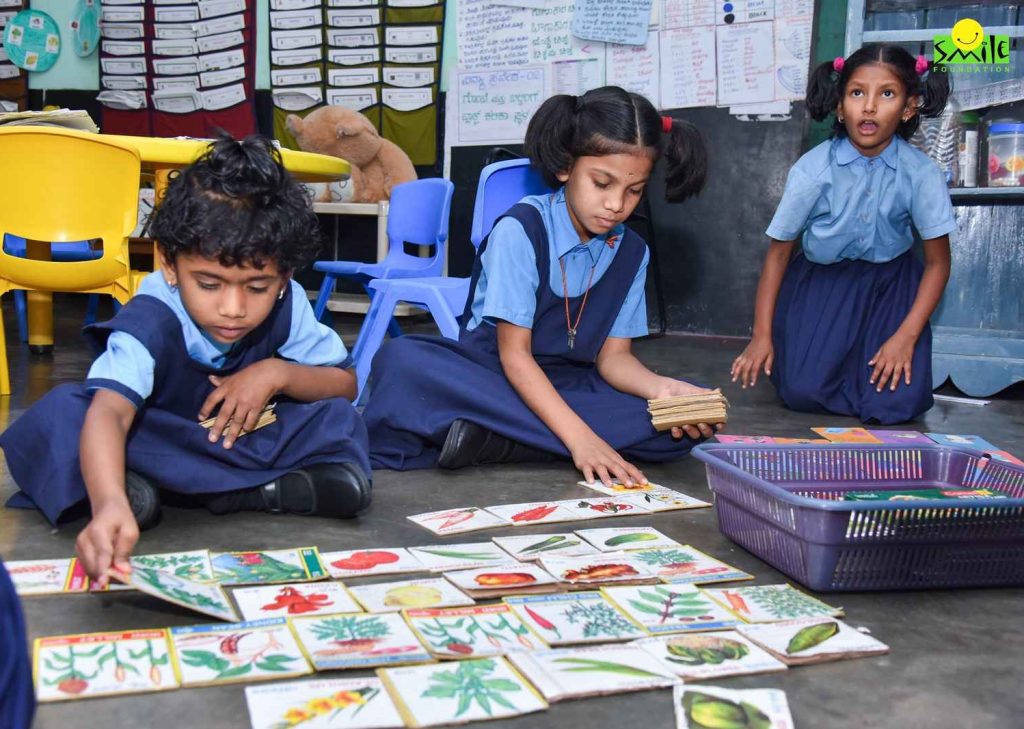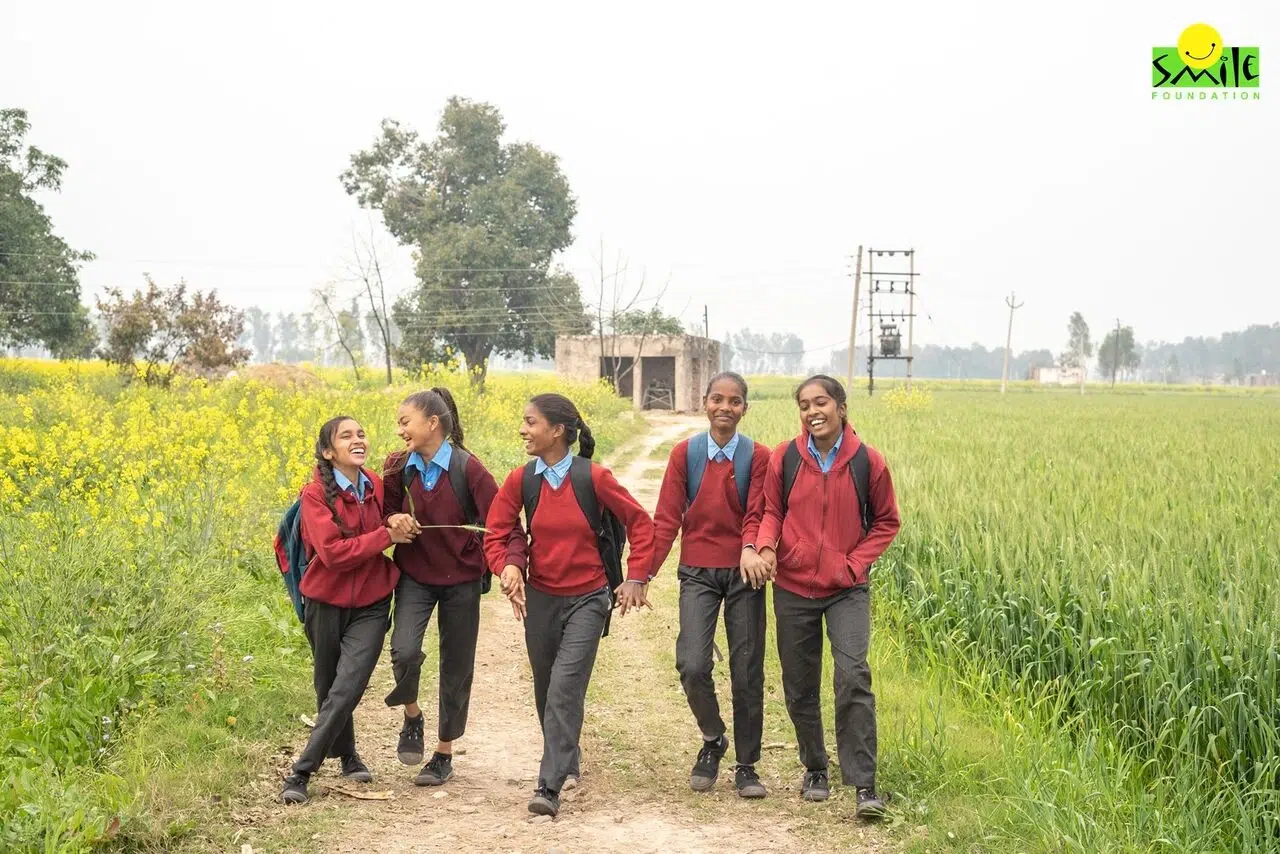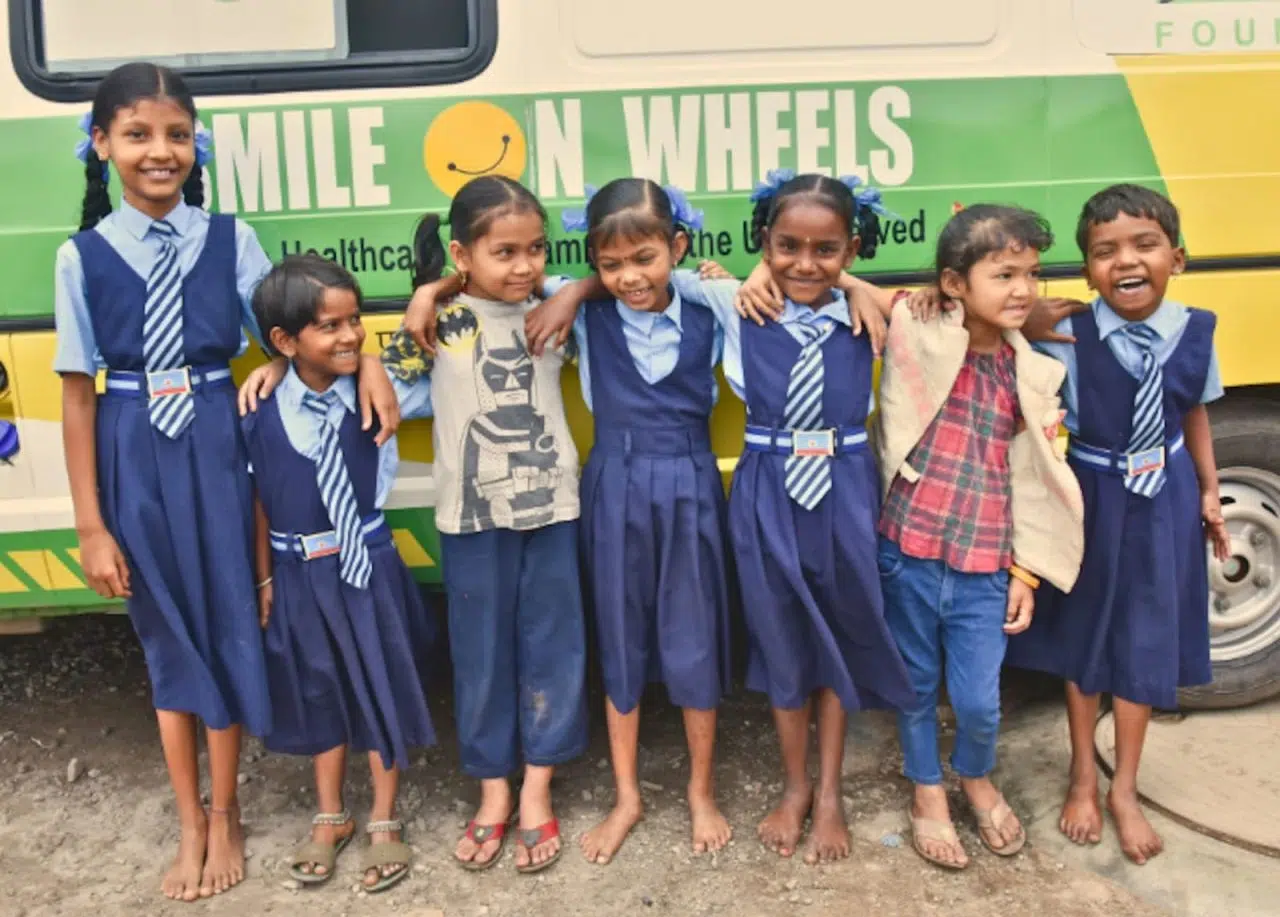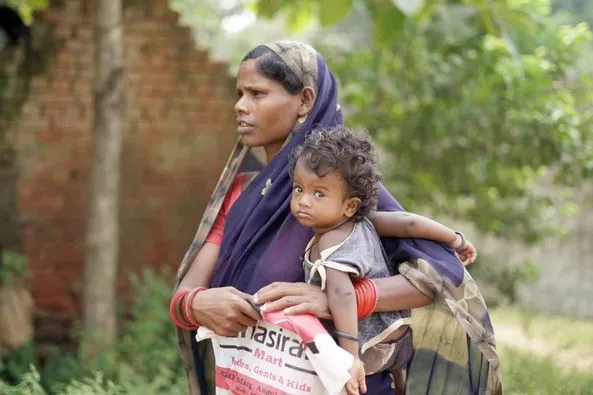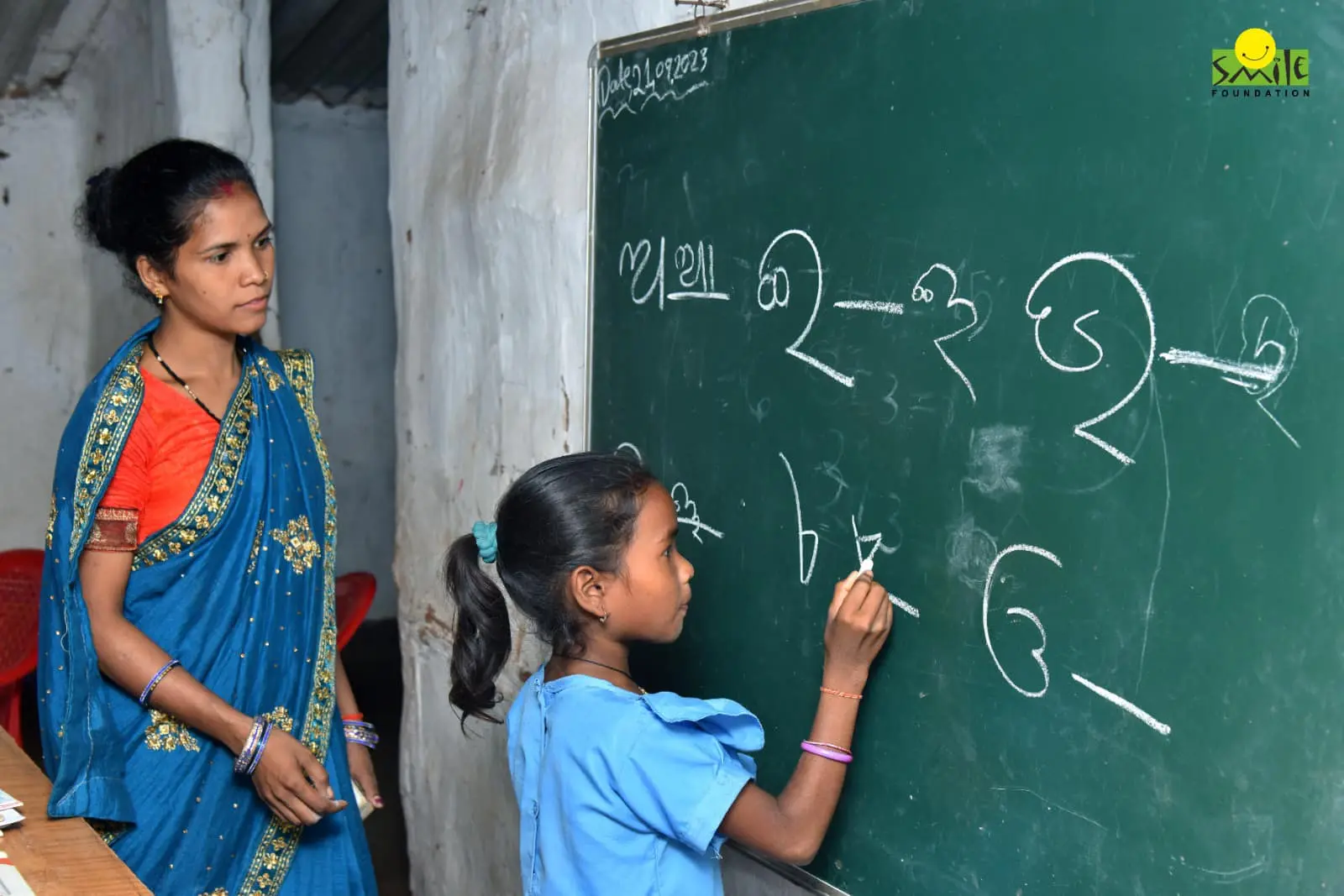During his visit to India in 2015, CEO of Google, Sundar Pichai, said that his Class XII score was not enough to get him admission to Shri Ram College of Commerce (SRCC) in Delhi University. He also spoke about how India’s education system would do well to emphasise greater creativity and risk-taking, something that was reported widely by the Indian media.
Later, during an interaction with Harsha Bogle, Pichai called for a shift in focus in India’s education system from academic rigour to develop creativity and hands-on projects for students, according to a Business Standard article. It quoted Pichai as saying: “Look at what is needed to solve the next generation of problems. It requires creativity. Encourage creativity in education. The Indian education system values rigorous academic knowledge rather than encouraging creativity. The best schools in the US are experiential and hands on. Doing things rather than learning (from books). Teach project-based experimental training. Teach students to take risks and make sure that the system doesn’t penalise if you take risks or are different.”
No room for creativity
The lack of imagination and creativity in the Indian education system is a topic that has long been debated upon. And Pichai’s sentiments have been echoed by other leaders as well as educationists in India. In 2018, co-founder of Apple, Steve Wozniak, said that creativity is being lost out of the Indian academic system and that, in the process of looking for good jobs, the hunger for creativity has taken a backseat. Wozniak said that the Indian education system is based around studiousness and doesn’t encourage creativity, according to newspaper reports.
Flaws in the educational system
Over the years, various studies have been done by researchers to see how the educational system can be improved. ‘Understanding Issues in The Indian Education System Through the Lens of the Movie 3 Idiots’ (2009) by Vardha Kharbanda, aimed to explore the issues within the Indian education system as portrayed in mainstream media. The various themes that emerged from the scenes included rat race and rote learning, societal norms and pressures, barriers to learning, authentic education, diversity and inclusive classrooms and emotional burnout of the students. It was published in The International Journal of Indian Psychology dated January- March 2022. It found that “Indian education not only promotes a rat rate for marks but also encourages an unhealthy form of competition among the students. The system creates mechanical robots who are programmed to focus on the reward of education (high scores) instead of actively participating in the process of acquiring knowledge.”
Most of the students in India are primed from childhood to pursue certain careers. Parents often impose their unfulfilled career aspirations and dreams in the pursuit of realising them through their children. In India, the burnout rates for students are extremely high which is a consequence of relentless pressure of the academic syllabus. The fear of failure takes over the joy of learning and by the time students graduate they are physically and emotionally drained, said the study.
Beyond rationed goals
“The education system is more goal-oriented than process-oriented. When you are taught to learn towards a goal, the process of learning is directed towards it, and what you are actually learning takes a back seat,” says Carnatic musician Rithvik Raja. “But, if it’s not focussed on goals, the intent of learning would be to learn, understand and appreciate what you are learning,” he says, adding that he was lucky to have attended a school that valued creative endeavours, even if they didn’t directly facilitate it.
“I was able to pursue music and cricket passionately and in depth and so am able to do one of it to earn a living now. And that was also possible as my parents supported me,” says Rithvik. “Today, it is important for parents to allow their children to expose themselves to other things, some sort of art or creative thinking. When you put your child in some sports or art activity because they enjoy doing it then, over time, their cognitive and decision-making skills develop. Exposure to different forms of learning is crucial and absolutely vital.”
When all emphasis is on academics
“It is evident that the current educational system is neither appealing to nor serving its purpose to a whole set of students who are enrolled in it,” says psychiatrist Dr M Suresh Kumar. “The system is focussed on the academic curriculum, which is entirely dependent on students memorising things from books, retaining it in the brain and recalling it at the time of the examination. It is a test of memory, which may be exciting for a certain group of children who are good at it and hence known as children who excel academically,” he says. “But it’s not as though people who haven’t excelled at academics haven’t done well in life.”
There are many students out there who are challenged by regular academics but bright in other things, such as writing, painting or other creative endeavours, says Dr Suresh Kumar. “Unfortunately, these are seen as extracurricular activities,” he says. “While there are alternative education schools that encourage creativity, there are many students in regular schools who are not given the option to think.”
Impact on mental health
With only academic excellence being recognised and encouraged, children who don’t perform well in the classroom develop a sense of low self-esteem, which can be detrimental for their mental health.
“A student who is good in writing or painting is not appreciated as much as another who excels in science and mathematics. So many children do not feel good about themselves, and develop low self-esteem” says Dr Suresh Kumar, adding that huge pressure is being put on students, especially when they have to appear for the board exams and choose their career paths. Every year, cases of self-harm and death by suicide is reported as result announcements near.
“Only if the families are supportive or the school doesn’t focus on academics alone can such children feel confident,” he says, adding that traditional professions such as medicine and engineering are still the career paths chosen by Indian parents as they feel such careers are more secure and financially rewarding. “Today, we see so much work-related stress because people are stuck in professions that are not aligned to their interests, passion and personality.”
NEP addresses the lacunae
The National Education Policy (NEP), introduced in 2020, aims to shift the focus from rote learning to critical thinking, creativity, collaboration, curiosity and communication. It promotes experiential learning, critical thinking, and reduced course content in the school curriculum. Vocational education is introduced in classes VI to VIII, accompanied by internship opportunities. It has also integrated arts, music and culture into the curriculum, and encourages flexible curricula that accommodate different learning styles and interests, enabling students to pursue their passions and innovative ideas.
“The education system needs to move the focus from marks to learning. There should be stress on conceptual learning and the way of testing should also be different,” says Rithvik. “Teachers also need to have the basic sensitivity to understand that each child is different.”
Other initiatives also promote experiential learning, creativity
NGOs are also working to support NEP’s vision. Smile Foundation’s STEM and Experiential Learning programme works to build scientific temperament in students by introducing them to think critically, solve problems through inquiry and logic, ideate creatively and continue this process of learning for a lifetime. Vocational exposure has been initiated amongst students to facilitate holistic learning and development by providing a space for students beyond regular curriculum subjects to enable children and youth to make connections between different areas of learning.
The Foundation also works to create an enabling learning environment, which enables children to understand easily and retain the concepts well. As part of the initiative, the Foundation has improved the infrastructure of centres through green infrastructure and digital classrooms, including solar panels, smart class installation, learning software and educational tablets. And also provided sports materials, musical instruments, speaker systems, etc., at 18 locations.



